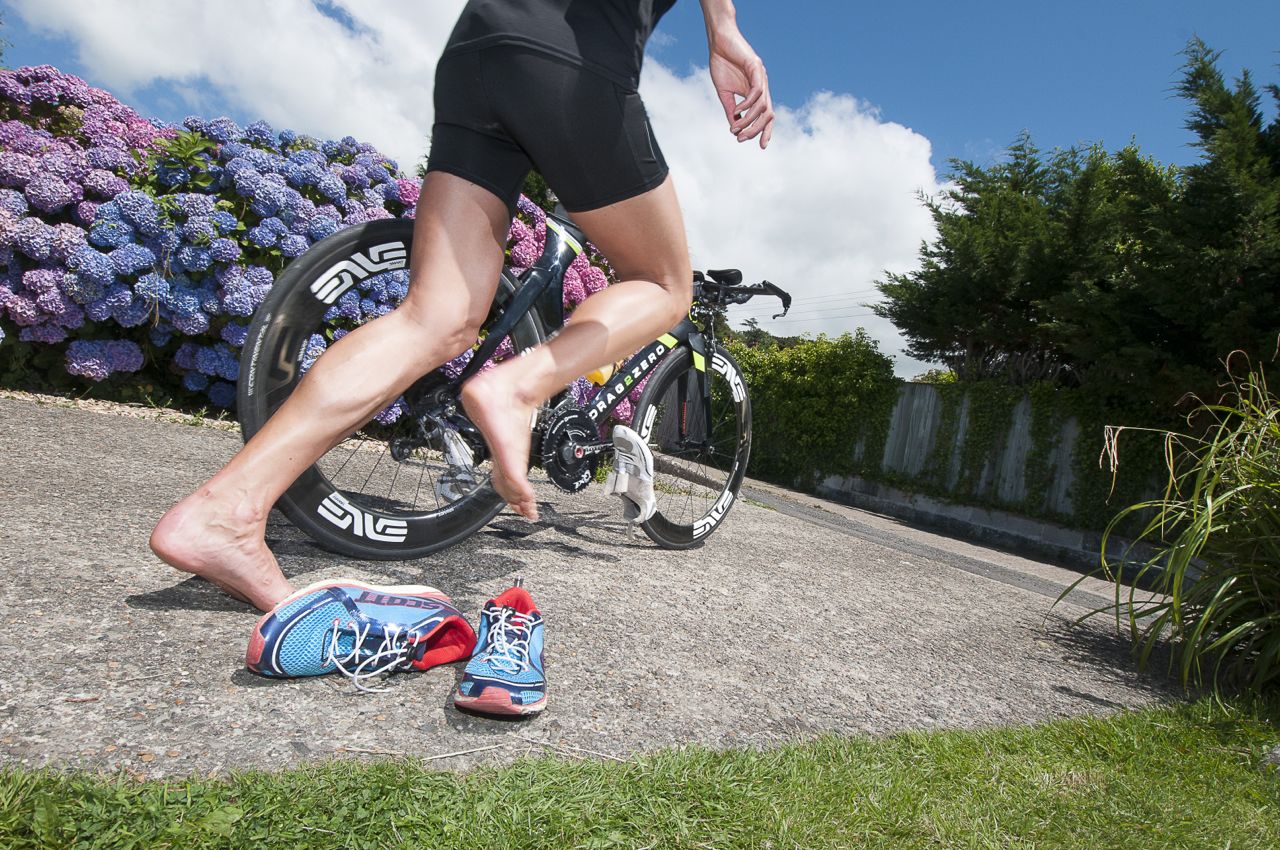How to work out the 180 Formula for your maximum aerobic training heart rate
To find your maximum aerobic training heart rate, there are two important steps.
Subtract your age from 180.
Adjust this number by selecting among the following categories the one that best matches your fitness and health profile:
ADJUSTMENTS TO MAHR - (maximum aerobic training heart rate)
MINUS TEN - If you have or are recovering from a major illness (heart disease, any operation or hospital stay, etc.) or are on any regular medication.
MINUS FIVE - If you are injured, have regressed in training or competition, get more than two colds or bouts of flu per year, have allergies or asthma, or if you have been inconsistent or are just getting back into training,
KEEP THE NUMBER WHERE IT IS If you have been training consistently (at least four times weekly) for up to two years without any of the problems in the above two alterations, keep the number (180–age) the same.
ADD FIVE If you have been training for more than two years without any of the problems in the first two adjustments and have made progress in competition without injury.
ADD TEN for those over the age of 65
For example, if you are 30 years old and fit into the category where you have been injured and regressing back to training, you follow the following calculation to get your MAHR (maximum aerobic heart rate) 180–30 (age) =150. Then 150–5=145 beats per minute (bpm).
In this example, 145 must be the highest heart rate for all training. This allows you to most efficiently build an aerobic base. Training above this heart rate rapidly incorporates anaerobic function, something we use for specific anaerobic sessions..
Exemptions:
Tor athletes under 16 years old the heart rate formula of 165 start point is best
Not all athletes fit the same MAHR rule, this is for a guide lines only. As a coach I also like to go on RPE or rate of perceived effort alongside this, as well as % of max which will be covered in another article.
Once you have worked out your MAHR or maximum aerobic training heart rate, you can subtract another 10 BPM and that is your training aerobic zone. For instance.. I am 39 years old with a long history of training so 180-39+5 = 146, that maeans my aerobic zone is 136-146.
Allot of athletes have trouble with this but i say it over and over again. You need to go slow to go fast. Its not called base fitness for nothing. Happy Training.
To get the most accurate heart rate data
The MOST accurate way for ensuring your training in the right heart rate zone without am expensive VO2max or lactate test is through a Threshold heart rate test, which is very different from the MAHR rest as above. This is done through a field test.
What do I need to be ready for a Field Test?
✅You need to be able to run 7.5km and have had a good lead up to it such as at lest 2 months of continuous running safely increasing distances.
✅You need a Garmin or other relevant heart rate data recording device
✅Be without injury or illness
Get in touch with Performance Triathlon Coach Renee Ker by completing the links below and for just $80 AUD you will receive your own personal heart rate data chart for cycling and running as well as a pace chart!
Buy your custom Threshold Heart Rate data in the TriMotivate Shop or through the above link. A email will be sent to you explaining the next steps
WHATS INCLUDED
✅Information on testing conditions and how to conduct your own field test.
✅Have your Heart rate data analyzed by Performance Coach Renee Ker
✅Receive heart rate data charts for cycling and/ or running
✅Obtain information on what specific heart rate zones you should be training in based on your goals.
✅Receive run pacing charts
✅Option to have you heart rate zones set into Training Peaks (included) , or a free account if you don’t have one already
Within 7 days you will receive information on the testing. With in one week of testing you will receive the zones, pace charts and optional Training peaks zones set up.



